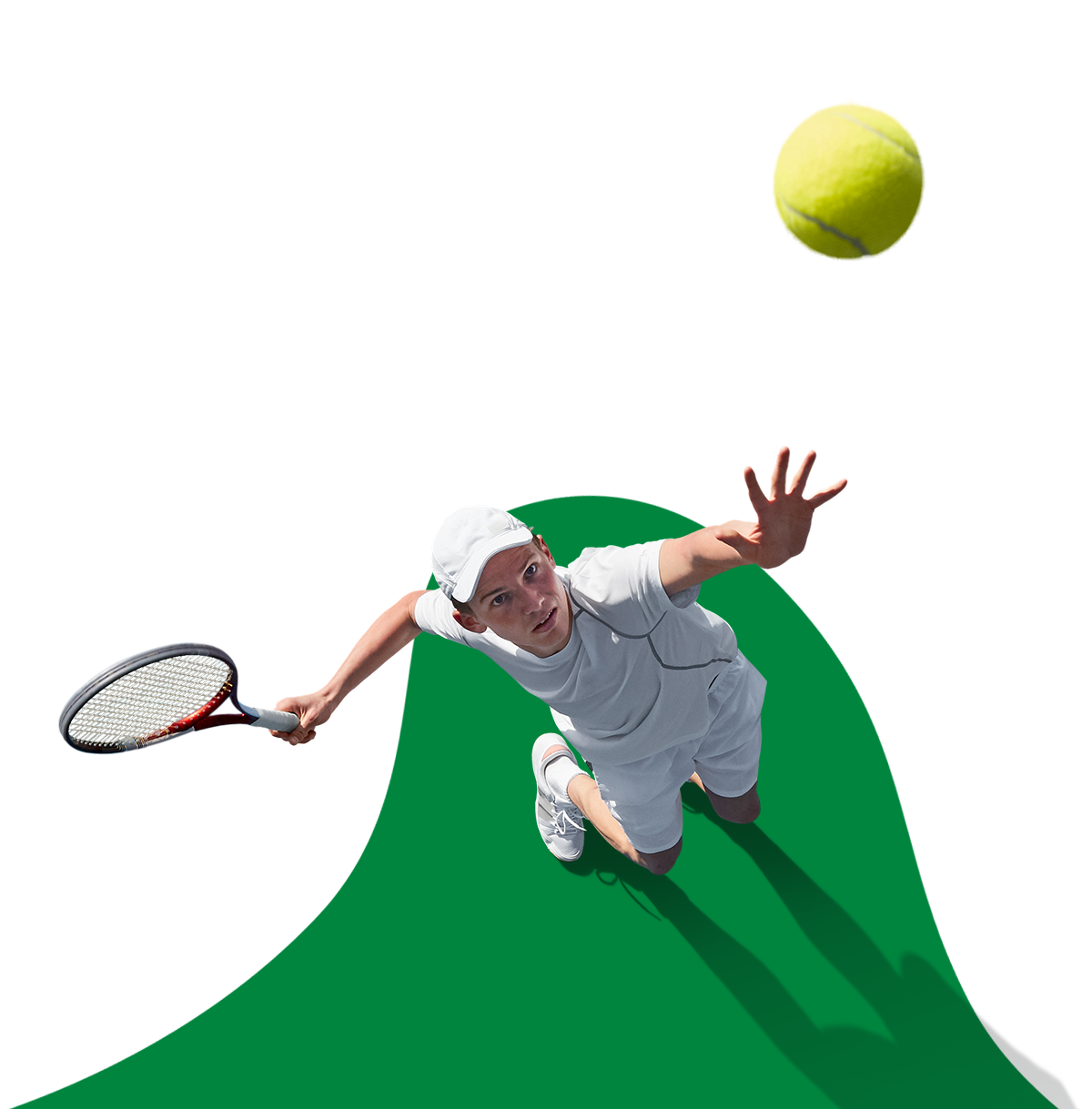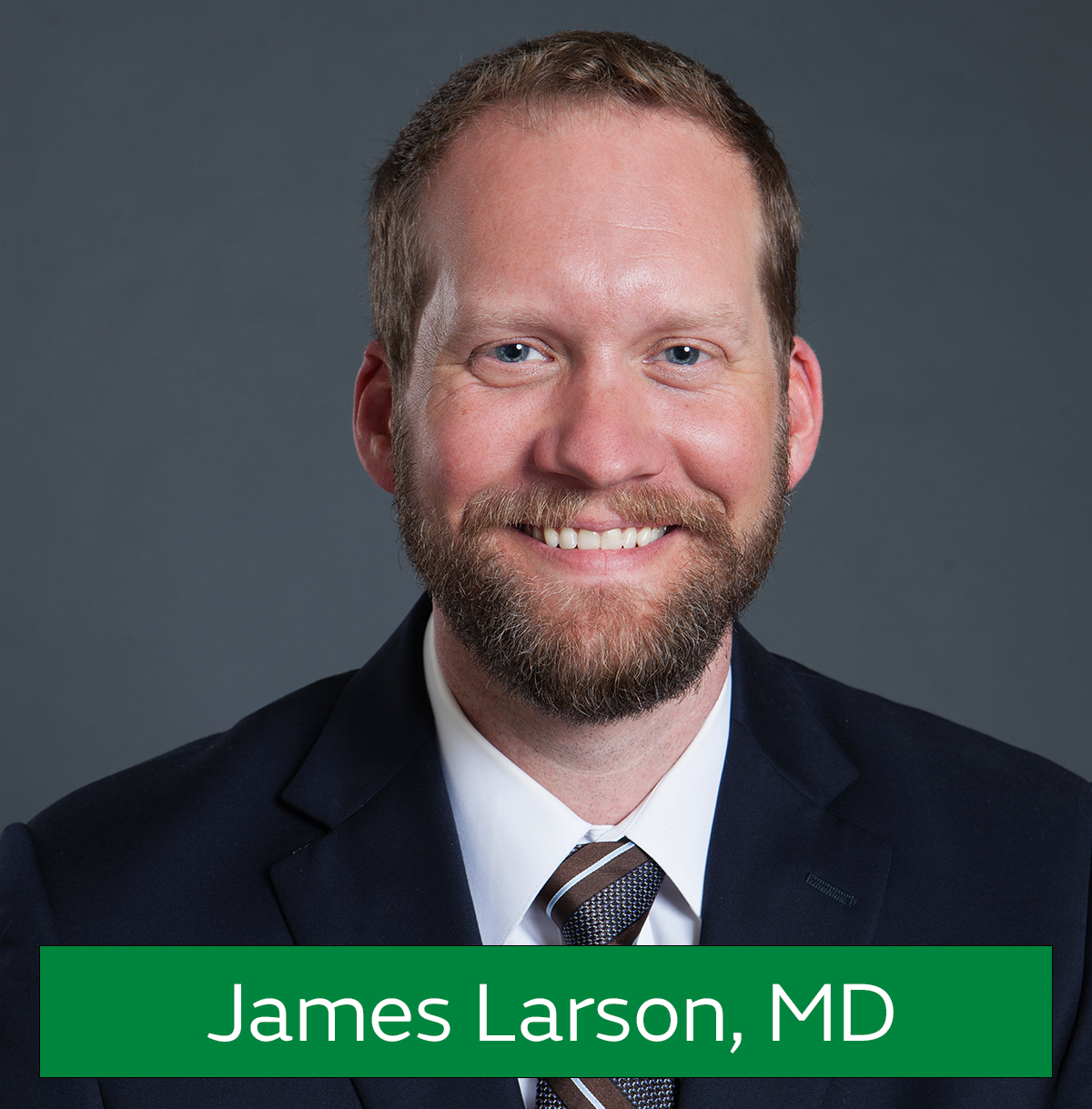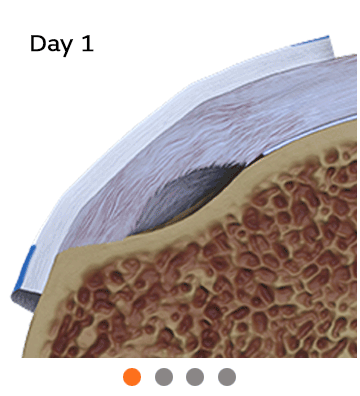![]()
Don’t put off shoulder surgery any longer!
The REGENETEN◊ Bioinductive Implant is an innovative technology designed to address the treatment of rotator cuff disease.
Rediscover Your Go.
![]()
The REGENETEN Bioinductive Implant
 is an innovative technology designed to address the treatment of rotator cuff disease. The REGENETEN Bioinductive Implant offers a new solution that supports the body's natural healing response to facilitate new tissue growth and potentially disrupt disease progression by providing a framework for tissue growth1,2,7-9.
is an innovative technology designed to address the treatment of rotator cuff disease. The REGENETEN Bioinductive Implant offers a new solution that supports the body's natural healing response to facilitate new tissue growth and potentially disrupt disease progression by providing a framework for tissue growth1,2,7-9.
What is it?
The technology includes a collagen based bioinductive implant about the size of a postage stamp. This implant is delivered arthroscopically through a small incision over the location of your rotator cuff tendon injury. Your physician will secure it in place with small anchors.
How does it work?
Progression of healing
The implant is placed on top of the rotator cuff
After implantation, the REGENETEN Bioinductive implant creates an environment that is conducive to healing 1,2,7 and the proprietary composition facilitates the formation of new tissue 1,2,7,10.
The implant induces new tissue growth, increasing tendon thickness 1,2,3.
New tissue allows tendon to restore its natural attachment points in the body3 and is indistinguishable from native tendon at 3 months 1,2,11.
New tissue integrates and remodels into the healing tendon 2,7,11.
Tissue strength comes from the induced tissue, not the implant, which has been shown to be completed absorbed within six months 7,11, *.

Bringing advancements to the market
As one of the leading providers of orthopaedic care, the physicians at Bone & Joint Specialists are highly trained in treatment of shoulder, elbow, wrist, hand, hip, knee, ankle, and foot, including surgical and nonsurgical treatments. With over 100 combined years of experience and training at top-ranked schools, we provide the expertise you need and the family atmosphere you expect. We serve the Winchester area of Northern Virginia and The Shenandoah Valley. We are located on the campus of the Winchester Medical Center at 152 Linden Drive, Winchester, VA 22601. We look forward to serving you.






